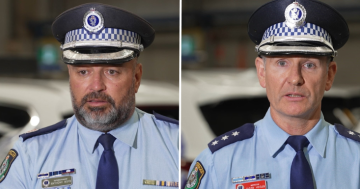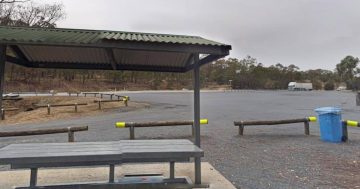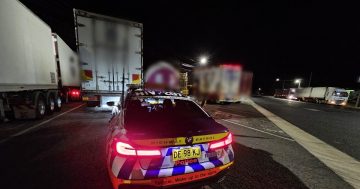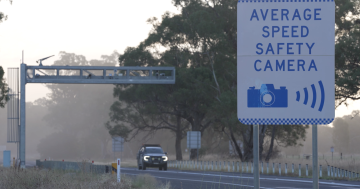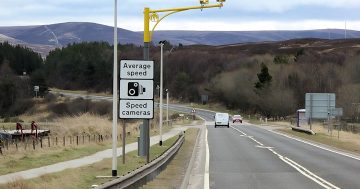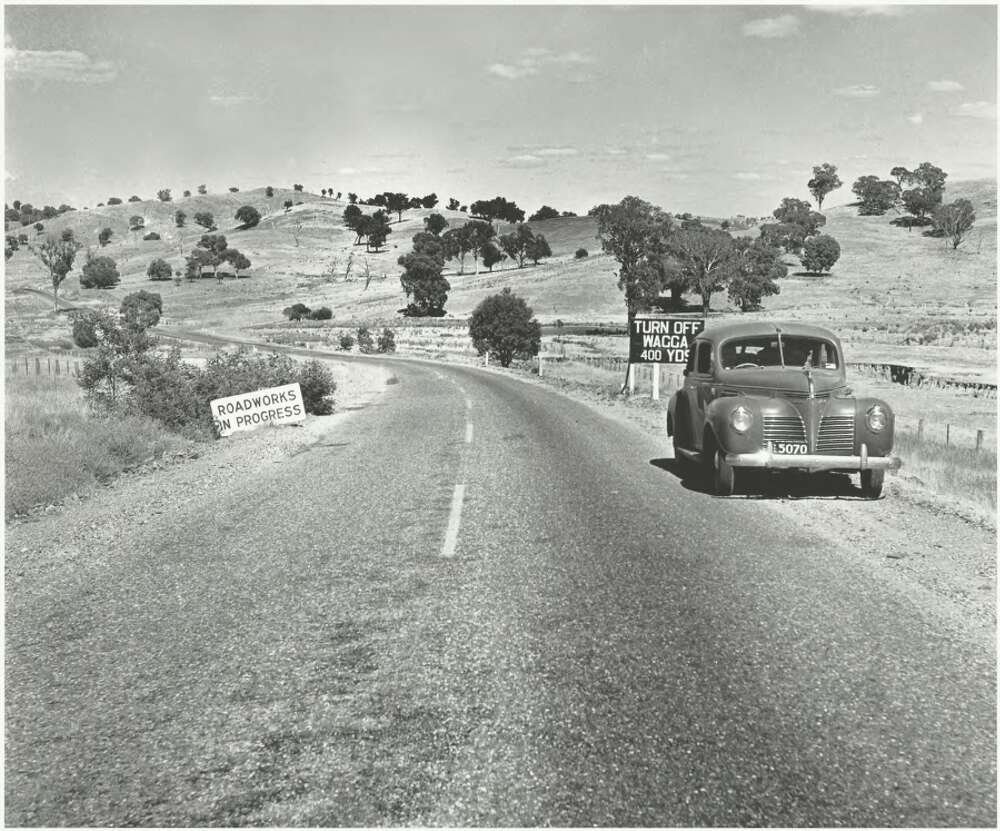
The Hume Highway near the Wagga Wagga turn-off, New South Wales. Photo: Jeff Carter, 1952 (courtesy of the National Library of Australia – PIC/11536/4).
This week the team from the Museum of the Riverina take us back to 1952, to the old Hume Highway – and as the sign says – just 400 yards from the Wagga turn-off!
Prior to 1928, the Hume Highway was known as the Great Southern Road, Argyle Road and also as Port Phillip Road and Sydney Road in the southern areas of NSW.
In 1928 the NSW Main Roads Board adopted the principle of giving each important state highway the same name throughout its length.
After consultation with the Country Roads Board of Victoria (which had previously used the name North Eastern Highway for the route), it renamed the inland road from Sydney to Melbourne the Hume Highway.
As you can see, in 1952, the Hume Highway was single lane, sufficient to handle the volume of cars travelling at this time.
The papers record at least two interesting occurrences on the Hume Highway near Wagga that same year.
Firstly, floods closed four major highways in June 1952. The Princes Highway, Hume Highway, Sturt Highway and the Mid-Western Highway were all blocked.
With the Hume Highway cut by the Murrumbidgee River at both Gundagai and Tarcutta, Wagga was isolated, only being accessible from Albury via the turn-off south of Tarcutta, which was inaccessible from Sydney.
Perhaps the most amusing incident however, took place when a crime was accidentally uncovered in February 1952.
A large semi-trailer conveying wastepaper broke down in the middle of the Hume Highway between Tarcutta and Wagga.
It was causing a lot of inconvenience to traffic, when along came a policeman on patrol. He insisted that the driver do something about it, but the driver’s efforts to remove the vehicle failed, despite the assistance of another semi-trailer and a tow truck.
Soon an empty truck arrived on the scene and the constable decided that as it was approaching dark the driver would have to off-load the wastepaper.
The driver pleaded most earnestly, but there was nothing else for it.
When they started to pull the wastepaper out of the truck, an interesting discovery was made.
Hidden beneath the paper was a Holden car, thought to be a stolen vehicle.
A sensational court case was expected to follow, but unfortunately, we don’t know the outcome.
Image and information supplied by Michelle Maddison, curator at the Museum of the Riverina.







